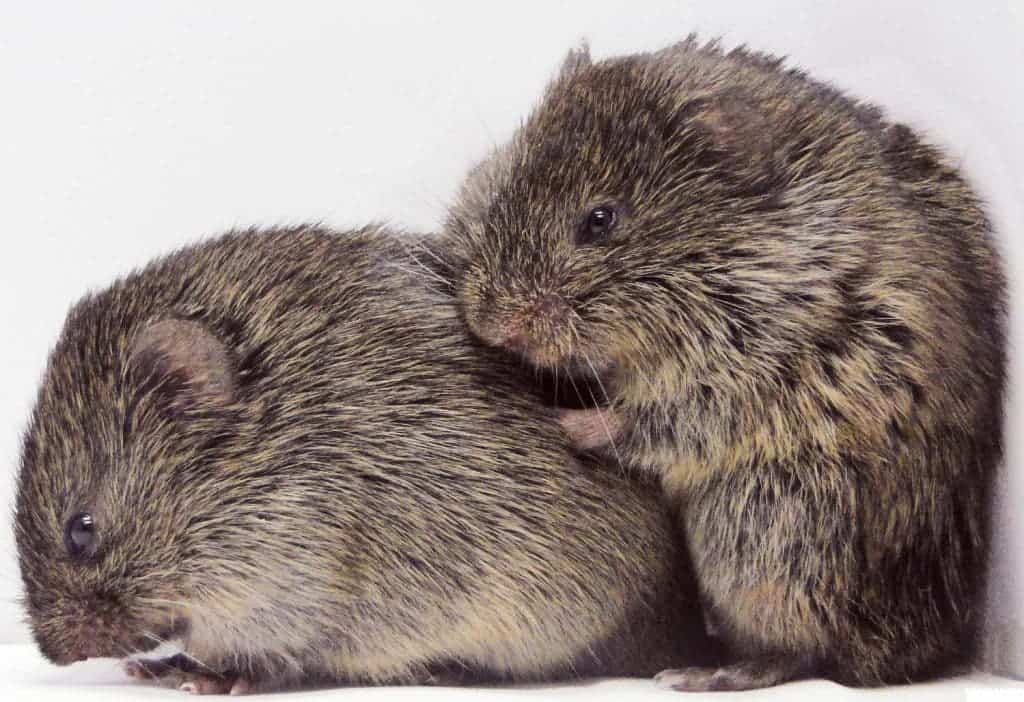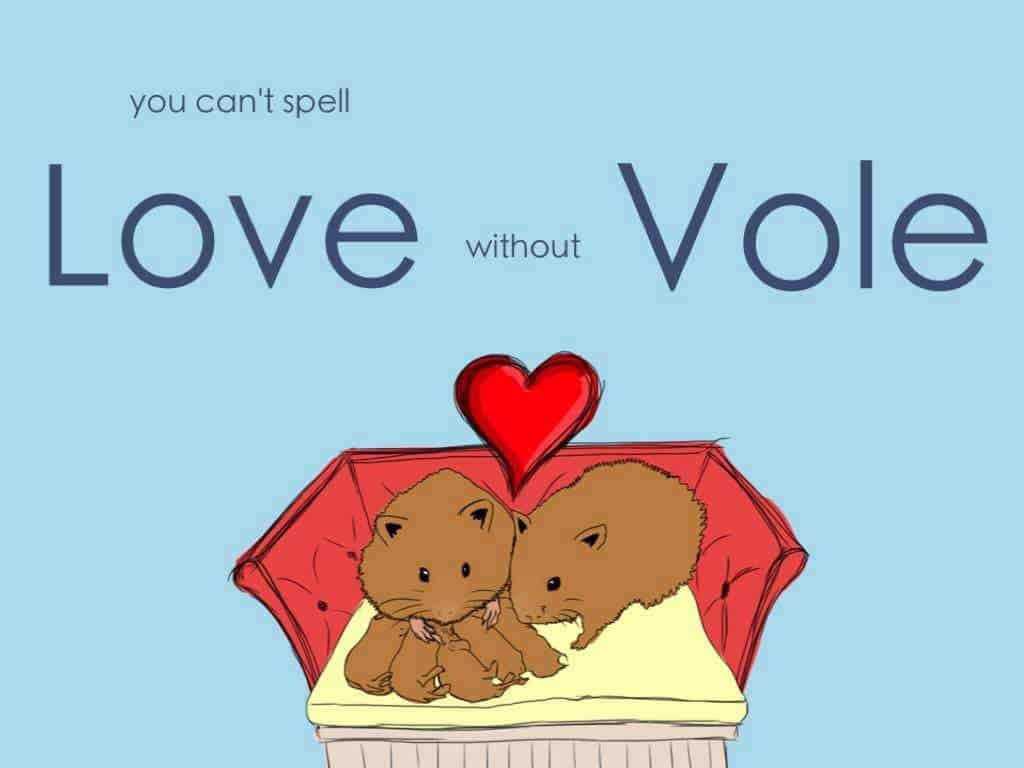A study from Emory University looking into prairie voles’ consoling behaviors provides new evidence in support of animal empathy. The tests had pairs of voles isolated from each other, one being exposed to mild electric shocks, to study how the rodents react to a distressed mate.
Empathy is often thought of as something that requires a lot of brain power to pull off. That’s why until recently, it was believed that only humans, great apes and other large-brained mammals such as elephants or dolphins are capable of showing concern and consolation for their fellows. The Emory University vole study is the first study to identify this type of behavior in voles, and adds to a growing body of evidence for animal empathy.
The team separated pairs of voles from one another and subjected one of each pair to mild footshocks. When reunited, the un-shocked one would lick their partner’s fur sooner and for longer durations than control pairs — which were separated but did not receive any shocks.
It could come down to the rodents’ mating habits; Prairie voles are known for the monogamous, lifelong partnerships they form with their mate to care for their offspring. This consoling behavior was only observed between voles who were familiar with each other, not between strangers. Researchers Larry Young and James Burkett say this demonstrates that the behavior was not simply a reaction to aversive cues.
“Scientists have been reluctant to attribute empathy to animals, often assuming selfish motives. These explanations have never worked well for consolation behavior, however, which is why this study is so important.”
To confirm this, the team also tried blocking oxytocin receptors in the voles’ brains, as this neurotransmitter is associated with empathy and bonding in humans. This stoped the rodents from engaging in any consolation behavior, but didn’t affect their self-grooming behavior.
Their report, published this week by the American Association for the Advancement of Science, reads:
“Many complex human traits have their roots in fundamental brain processes that are shared among many other species. We now have the opportunity to explore in detail the neural mechanisms underlying empathetic responses in a laboratory rodent with clear implications for humans.”











